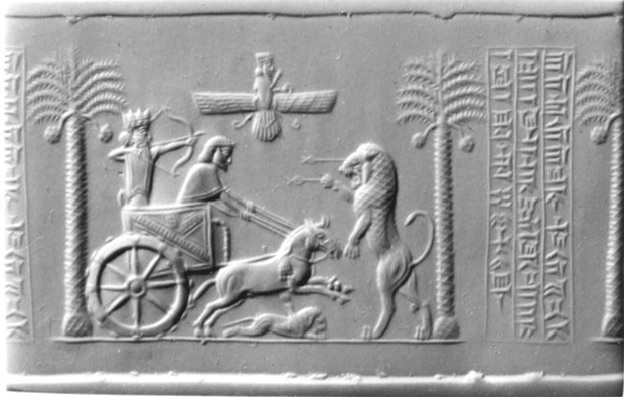is believed that the date palm originated from around the Persian Gulf, South Africa, or India, but researchers say that Iranians were the first nation to use the date as a food and for medicine purposes. The date palm is probably the oldest tree which has been cultivated in the world. Dates are divine fruit because they are mentioned in the KORAN and Jews believe that the date is one of the seven holy fruits in the world. The spread of date cultivation later accompanied the expansion of Islam and reached southern Spain and Pakistan. The Spanish were the first to introduce date palms outside the Arabian Peninsula, North Africa, and the Middle East/South Asia, carrying them to America (Nixon, 1951).

Date cultivation has had a very important influence on the history of the Middle East. Without dates, no large human population could have been supported in the desert regions. The caravan routes existed for centuries mainly for the transportation of dates. Early on, date cultivation became a sacred symbol of fecundity and fertility. Dates had great spiritual and cultural significance to the people of the Middle East. Date palms and culture are depicted in ancient Assyrian and Babylonian tablets, including the famous Code of Hammurabi, which contained laws pertaining to date culture and sales. References relating to date palms are also found in ancient Egyptian, Syrian, Libyan, and Palestinian writings (Nixon, 1951; Popenoe, 1973).